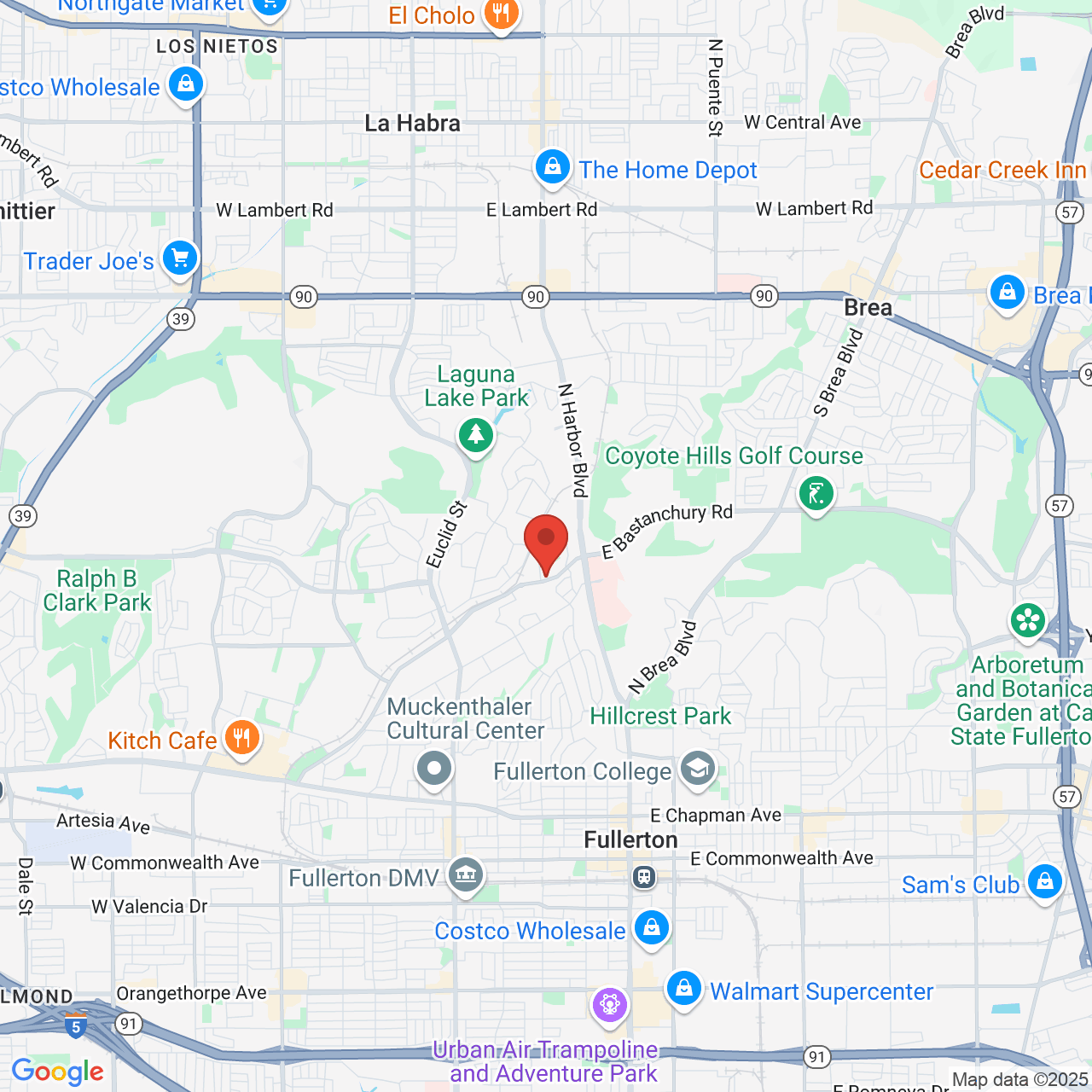Topical Treatment for Acne: What You Should Know
Living with blemishes is frustrating, even more so if you have difficulty finding an acne treatment that works well for you. Because every patient is unique, what works for one individual may not work for another. At Full Spectrum Dermatology in Fullerton, CA, Dr. William Baugh wants his patients to understand their options. We offer both prescription and non-prescription topical treatments for acne, and can find a solution that works effectively for you.

Prescription Topical Treatments for Acne
When it comes to managing acne, prescription topical gels, creams, and lotions have been a mainstay for decades. From antibiotics to vitamin-based therapies, there are a few different options, depending on your specific needs.
Antibiotics
To understand why antibiotic therapy works so well when combating acne, it is important to understand that bacteria cause the condition in many cases. Bacteria live on the surface of the skin. Some individuals simply respond to the bacteria in an inflammatory fashion. In these instances, topical antibiotics can be extremely beneficial. Treatments such as topical erythromycin and clindamycin not only fight against bacteria, they also reduce swelling and inflammation.
Azelaic Acid
Containing both anti-inflammatory and anti-bacterial properties, azelaic acid is often used to treat rosacea and mild acne. It is available in a cream or a gel.
Topical Retinoids
For cases of moderate to severe acne, topical retinoids can help improve the growing and shedding of the skin. Although oral retinoids are also available, the topical therapy is often used successfully in conjunction with oral antibiotics.
Dapsone
In its oral form, dapsone is a common and effective treatment for dermatitis. In its topical form, it is quite effectual for reducing the symptoms of severe acne.
Non-Prescription Topical Treatments for Acne
Patients with mild to moderate acne can sometimes benefit from non-prescription topical treatments. Some over-the-counter options accessible today used to be available by prescription only, and still work just as well for many individuals.
Benzoyl Peroxide
The leading non-prescription topical drug is benzoyl peroxide. Although it usually takes about four or five weeks before results are visible, this compound can significantly reduce the signs of acne with continued use. Benzoyl peroxide can be purchased in the form of face washes, gels, creams, and lotions. A common side effect is dry skin, so consider using a moisturizer when necessary.
Salicylic Acid
Salicylic acid does not have anti-bacterial properties. However, it works to unclog pores and normalize the skin’s shedding process. By doing so, it can treat present lesions and prevent future flare-ups. Similar to benzoyl peroxide, salicylic acid must be used continuously to maintain results.
Retinol Gel
Formerly available only in prescription form (Differin), retinol gel manipulates cell growth and prevents blemishes from forming. Because this compound works on pimples deep beneath the surface of the skin, your acne may worsen before it improves. However, once results are achieved, they can be maintained with regular use.
Learn More about Topical Acne Treatments
Acne can have a significant negative impact on self-confidence and your quality of life. If you are tired of dealing with the condition, schedule a consultation at our practice to explore your options. We can help you find a solution that will work well for your unique situation. Contact us online to speak with a team member.


